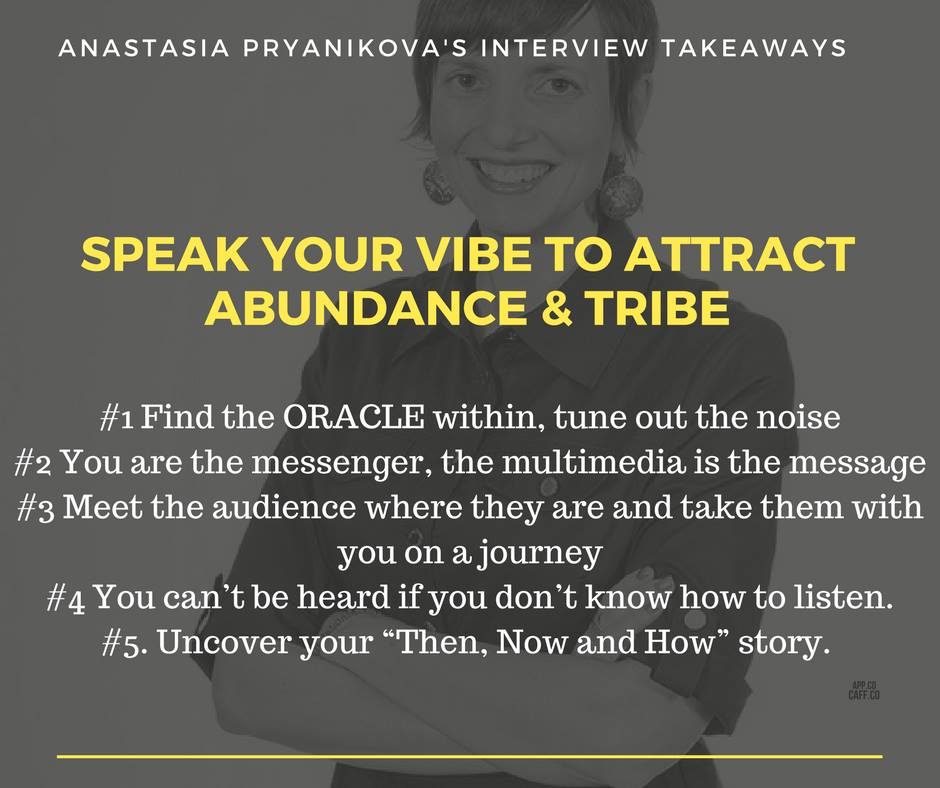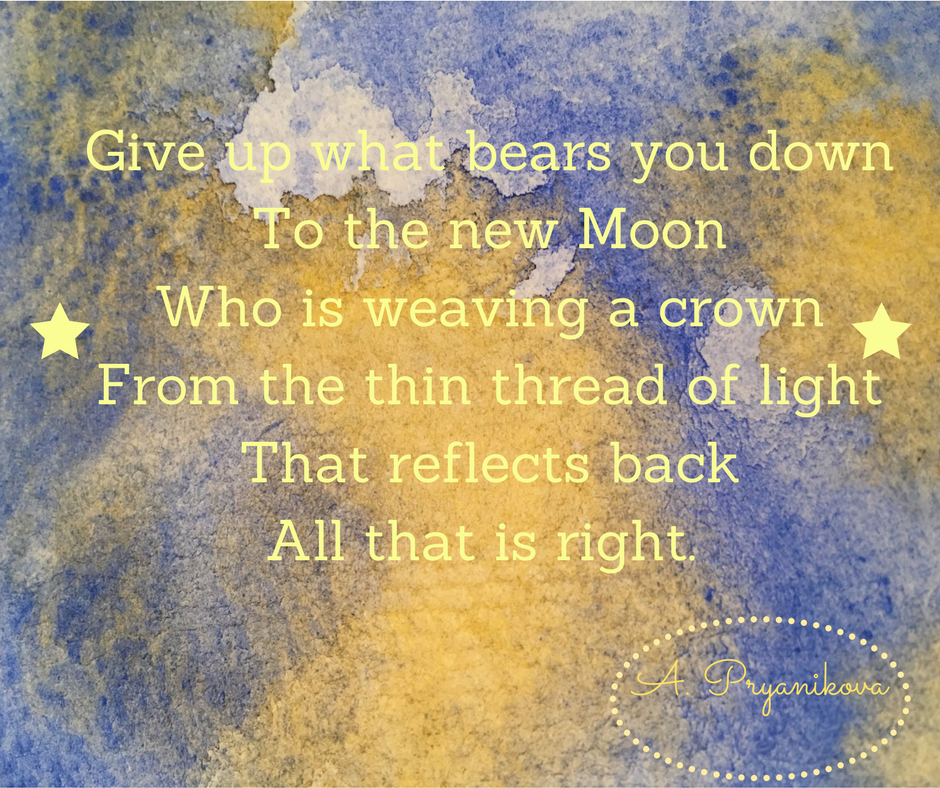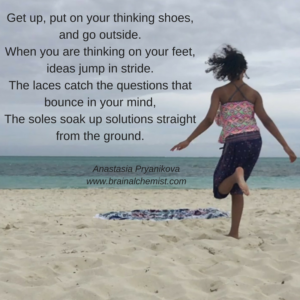Speak Your Vibes to Attract Abundance and Tribes
Last week, I had a chance to talk to Dr. Marina Kostina on Facebook Live about public speaking, accessing your inner oracle, my 7-step Oracle Journaling process, and other things. Here is the recording of our interview.





 overwhelmed, do you sometimes complain, procrastinate and not take any action at all (or spend hours on social media)? And all this time, you are building resistance. You are not alone. Many people can relate to this experience. Resisting and complaining sap your energy. Whenever you feel the build-up of resistance, you want to stop and think about how you can transform that inner resistance into strength and action.
overwhelmed, do you sometimes complain, procrastinate and not take any action at all (or spend hours on social media)? And all this time, you are building resistance. You are not alone. Many people can relate to this experience. Resisting and complaining sap your energy. Whenever you feel the build-up of resistance, you want to stop and think about how you can transform that inner resistance into strength and action.